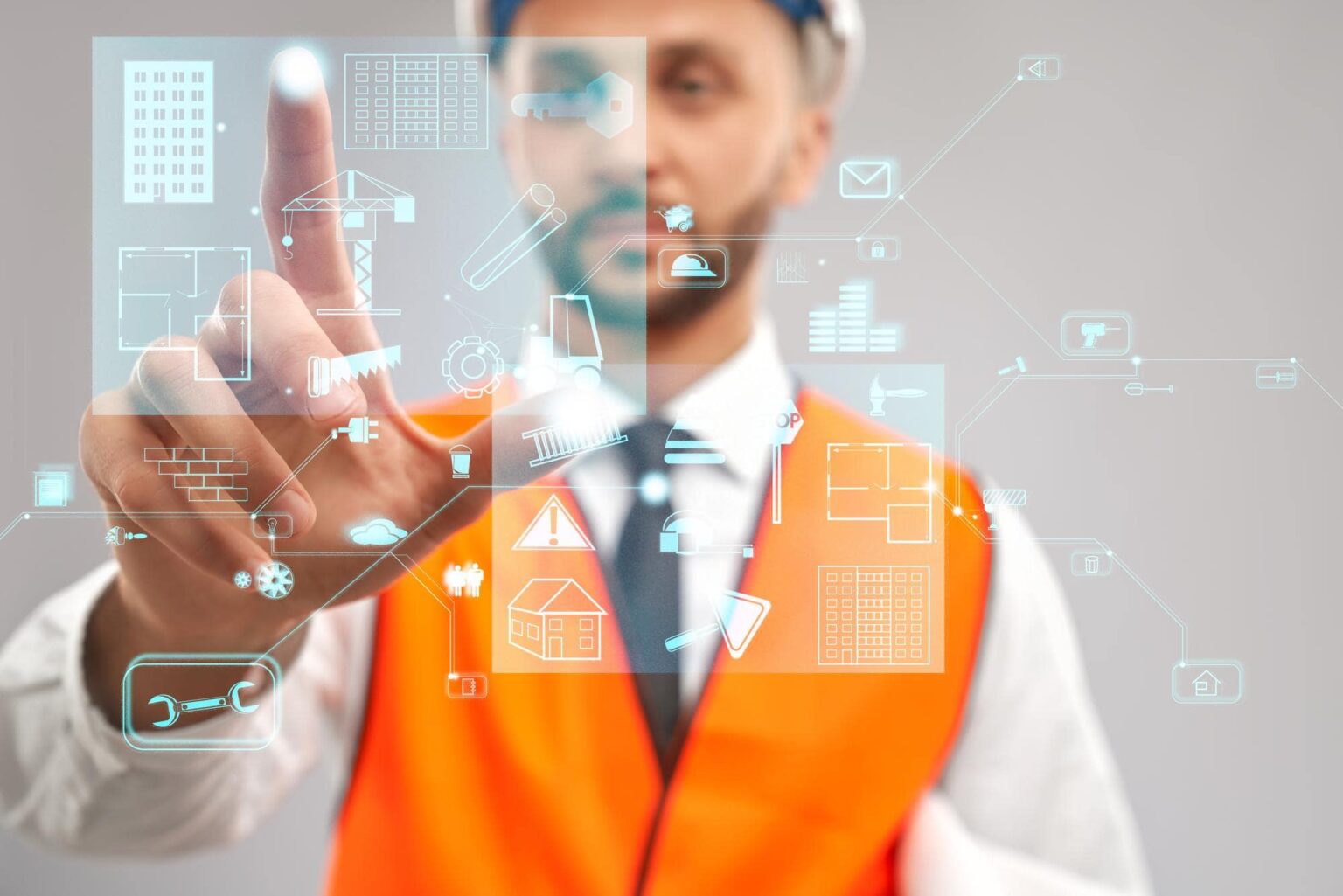Emerging technologies are playing a crucial role in enhancing public safety and improving emergency response and disaster management. These technologies leverage advancements in areas such as artificial intelligence, data analytics, and connectivity to enable faster and more effective responses to emergencies. Here are some key emerging technologies in public safety:
- Artificial Intelligence (AI) and Machine Learning: AI-powered systems can analyze large amounts of data, including sensor data, social media feeds, and historical patterns, to identify potential risks and predict emergency situations. Machine learning algorithms can be trained to recognize patterns in emergency calls, helping prioritize responses and allocate resources efficiently.
- Unmanned Aerial Vehicles (UAVs) and Drones: UAVs and drones equipped with cameras and sensors can provide real-time aerial surveillance of disaster areas, search for missing persons, and assess damages. These devices can reach inaccessible or hazardous locations, allowing responders to gather critical information and make informed decisions.
- Internet of Things (IoT) Sensors: IoT sensors can be deployed in various environments to monitor conditions such as temperature, air quality, and structural integrity. These sensors provide real-time data that helps in early detection of emergencies, ensuring timely responses and preventive measures.
- Geospatial Technologies: Geospatial technologies, including Geographic Information Systems (GIS) and satellite imagery, enable mapping, visualization, and analysis of geographical data. These tools assist in disaster planning, resource allocation, and situational awareness by providing accurate and up-to-date information about affected areas.
- Virtual and Augmented Reality (VR/AR): VR and AR technologies can simulate emergency scenarios, enabling training for responders in a safe and controlled environment. These technologies can also enhance situational awareness by overlaying digital information on the real world, aiding decision-making during emergencies.
- Social Media and Digital Platforms: Social media platforms and digital communication channels have become essential tools for emergency response and disaster management. Authorities can monitor social media feeds to gather information, disseminate alerts and updates, and engage with the public during emergencies.
- Mobile Applications: Mobile applications provide a convenient way for citizens to report emergencies, request assistance, and access real-time information. These apps can also provide location-based services, emergency preparedness guides, and communication tools for affected individuals and responders.
- Big Data Analytics: Big data analytics techniques can process and analyze vast amounts of data, including sensor data, social media feeds, and historical records. This analysis helps in identifying patterns, predicting risks, and making data-driven decisions in emergency response and disaster management.
- Robotics and Automation: Robots and autonomous systems can be deployed in hazardous environments to assist in search and rescue operations, hazardous material handling, and infrastructure inspections. These technologies can reduce risks to human responders and enhance the efficiency of emergency operations.
- Blockchain Technology: Blockchain technology can provide secure and transparent record-keeping in emergency response and disaster management. It can help in ensuring the integrity and traceability of critical data, such as supply chain information, medical records, and financial transactions, enhancing trust and efficiency in emergency operations.
These emerging technologies have the potential to revolutionize public safety and improve emergency response and disaster management. However, their implementation requires careful planning, coordination among stakeholders, and considerations for data privacy, security, and ethical implications. By leveraging these technologies, authorities can enhance preparedness, response, and recovery efforts, ultimately saving lives and minimizing the impact of emergencies.



